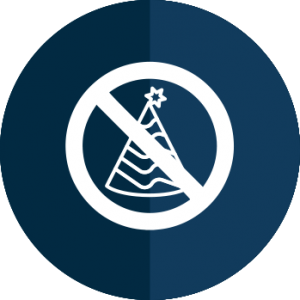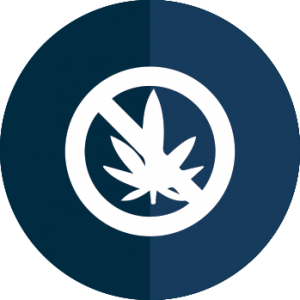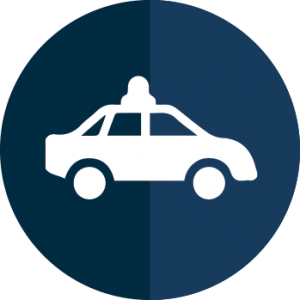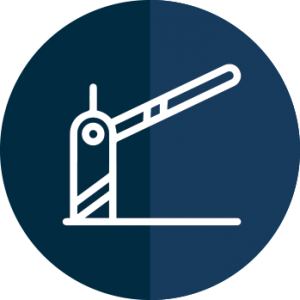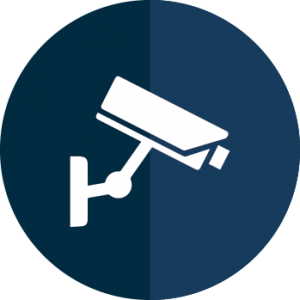Lelani Beach Club Home Security Notes
- Guards at the Windsor Island front gate use the names you provided on the approved guest list available to verify drivers and anyone of the age of 18. Please have your photo identification with you.
- Get your resort parking pass from the club house as soon as possible. Show it in the window of your vehicle for easy resort entrance in the right lane.
- Verify that the door is locked before leaving. We are not responsible for any stolen items.
- There are dark activated night lights in each room to make it easy and safe to navigate during the night hours.
- For privacy there are no cameras inside the home. There are video cameras monitoring entrances to the home: the front door, garage, and the screened pool enclosure door.
- There are extra patrols from 4 pm to 4 am monitoring for disturbances.
- Close and lock the door behind you whenever you leave the property. If closed, the front door locks automatically after 5 minutes.
Windsor Island Resort
has many controls in place that make it a secure resort:
-
No Unauthorized Parties or Events
-
Quiet Time (10pm-7am)
-
Zero Tolerance for Illegal Drugs
-
Roving Patrol
-
Gated Access
-
Surveillance Cameras
-
Registered Guests Only
-
Do Not Exceed Maximum Occupancy of Home
Please report any violations to the Windsor Island front desk.
All guests must follow the above instructions while visiting the resort or be denied access or asked to leave the resort. Neither the resort nor the property owner/manager accepts any responsibility or liability for guests not following the above instructions including any refunds or compensation.
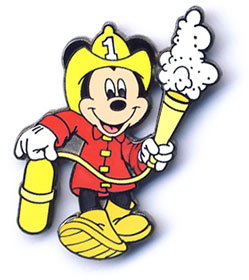 Fire Safety
Fire Safety
No space heaters or open flame candles are allowed in the home.
Smoke and Carbon Monoxide alarms are located throughout the house. Occasionally, they may auto test and you will hear a voice announcement.
Fire blankets and fire extinguishers are available in the kitchen and loft.
To use the fire blanket watch this video.
To use the fire extinguisher, remember the acronym PASS:
- Pull Pin
- Aim at base of fire
- Squeeze handle
- Sweep from side to side
Nest Protect
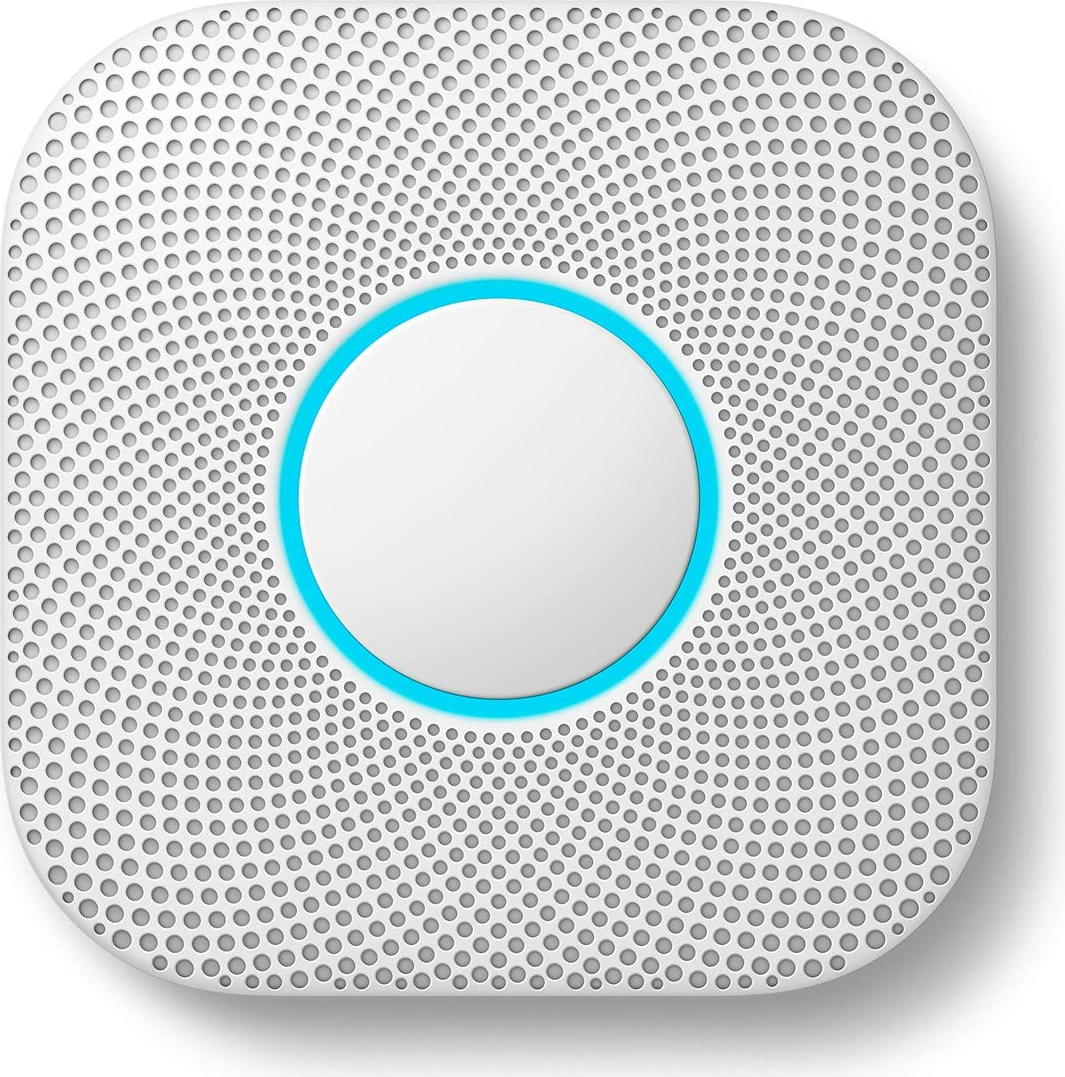 We have installed the upgraded Nest Protect Smoke & CO Alarms throughout the home to protect you from fire or other danger by detecting smoke or carbon monoxide. The units interface with other smoke protectors throughout the home and will warn if there is an alarm in any location of the house.
We have installed the upgraded Nest Protect Smoke & CO Alarms throughout the home to protect you from fire or other danger by detecting smoke or carbon monoxide. The units interface with other smoke protectors throughout the home and will warn if there is an alarm in any location of the house.
You can silence the alarm easily by pressing the main button if the smoke is from a safe known source…burned toast in the kitchen?
Path lights activated by motion at night will help guide you safely around the home.
Automated tests are performed from time to time. You will hear a voice announcing the test and can cancel it by easily pushing a button on any of the units. If the backup batteries ever get low, you will be alerted calmly via a voice. Contact us to get them replaced.
Giving CPR (RedCross Steps)
Cardiopulmonary resuscitation (CPR) can help save a life during a cardiac or breathing emergency.
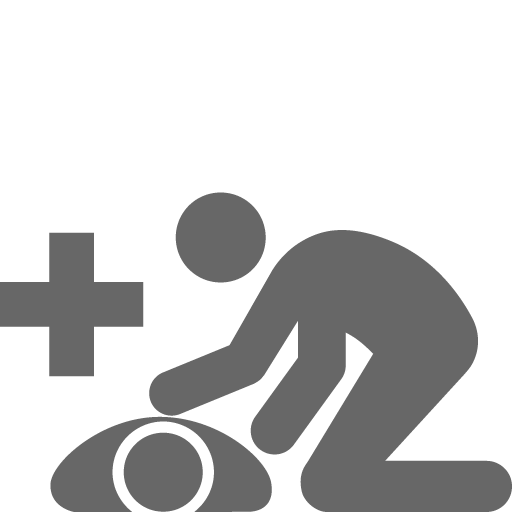 1 CHECK the scene for safety, form an initial impression and use personal protective equipment (PPE)
1 CHECK the scene for safety, form an initial impression and use personal protective equipment (PPE)
2 If the person appears unresponsive, CHECK for responsiveness, breathing, life-threatening bleeding or other life-threatening conditions using shout-tap-shout
3 If the person does not respond and is not breathing or only gasping, CALL 9-1-1 and get equipment, or tell someone to do so
4 Place the person on their back on a firm, flat surface
5 Give 30 chest compressions
Hand position: Two hands centered on the chest
Body position: Shoulders directly over hands; elbows locked
Depth: At least 2 inches
Rate: 100 to 120 per minute (to the beat of Stayin' Alive)
Allow chest to return to normal position after each compression
6 Give 2 breaths
Open the airway to a past-neutral position using the head-tilt/chin-lift technique
Ensure each breath lasts about 1 second and makes the chest rise; allow air to exit before giving the next breath
Note: If the 1st breath does not cause the chest to rise, retilt the head and ensure a proper seal before giving the 2nd breath If the 2nd breath does not make the chest rise, an object may be blocking the airway
7 Continue giving sets of 30 chest compressions and 2 breaths. Use an AED as soon as one is available!

